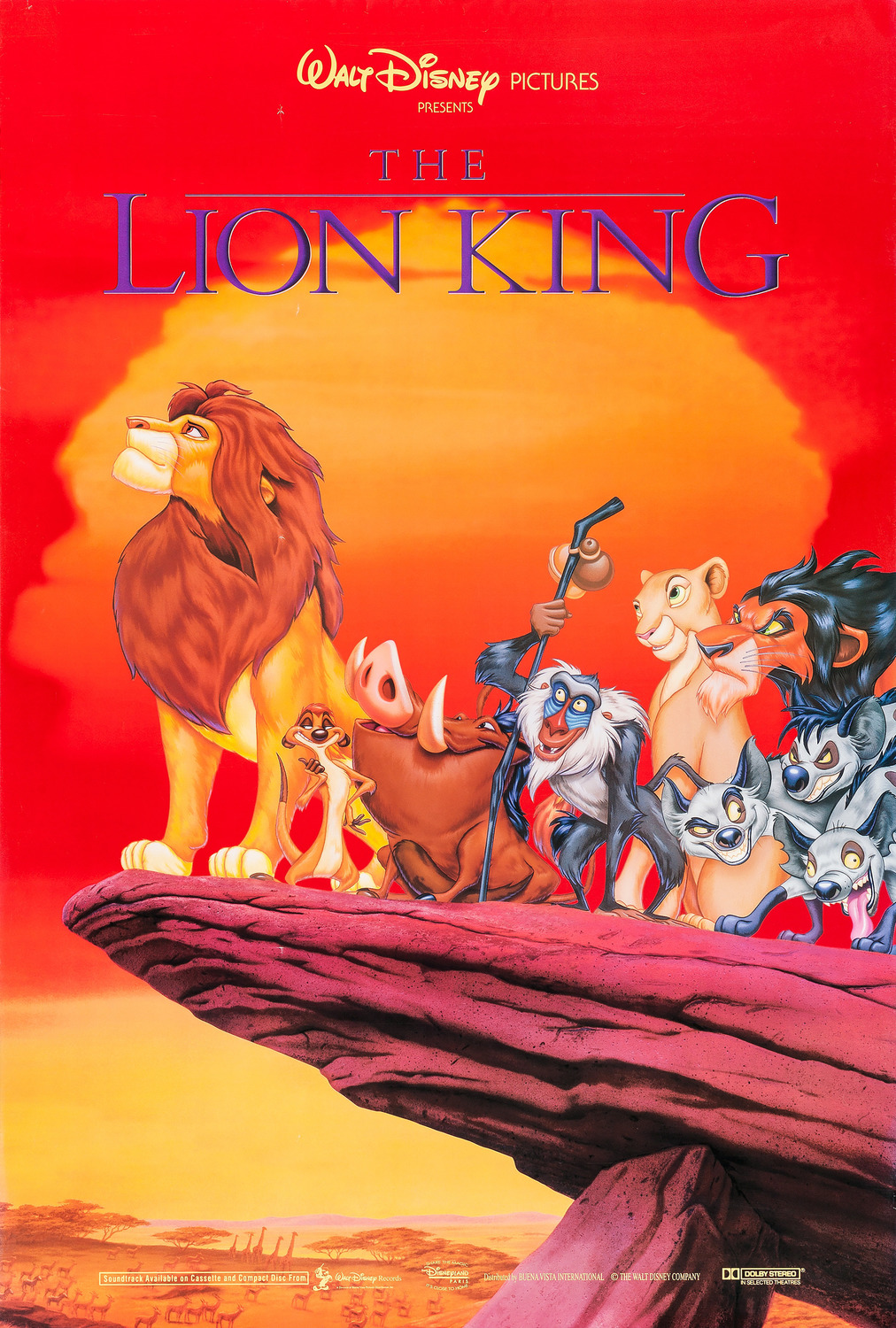

You can stylize the color palette and the settings and there is the wonderful emotional human touch to the way the characters’ performances are depicted. “You can completely anthropomorphize characters. “Traditional 2-D animation has different advantages,” says the director. Ultimately, Favreau says, the film’s unique hybrid process was in service of creating an aesthetic that felt more like a live-action film than an animated one. Because it’s a live-action movie.’ I said, ‘But it’s all digital assets.’ He said, ‘Yeah, but I’m covering it just as if I was there.’ ” We keep the sun moving just like we would on a normal day. “I remember commenting at one point to Caleb, ‘Well, the great news is you can stop the sun when you get the ideal lighting.’ And he said, ‘No, we don’t do that. “I think from a filmmaking perspective it’s a fascinating conversation and a fascinating debate to have, because it really is a hybridization of techniques,” Bailey said.

Visiting that set vividly brought home the way the film blurred the boundaries between animation and live-action, Sean Bailey, Disney’s president of production, told The Times earlier this year. Everything was meant to emulate what the process would be like if we were filming this for real.” We would move around real dollies and those dollies and those wheels would be operating virtual cameras within VR. “We would pop on the headsets and we would all be there scouting this sort of video-game version of ‘The Lion King’ with pre-animated sequences and rendered environments. “We built an entire VR volume that an entire camera crew could be in,” Favreau says.
#The liothe movie the lion king 2 full movie how to#
All of the film’s environments and animals were rendered digitally, and then those low-resolution computer-generated elements were subsequently loaded into a kind of virtual-reality movie set, where Favreau and cinematographer Caleb Deschanel set about working out how to film them as though they were making a live-action movie. In fact, the “Lion King” team deviated in critical ways from the typical CGI animation process, blending animation and live-action approaches in a unique and somewhat mind-bending way. On the most basic level, the film is indeed best described as animated, taking computer-animation tools that Favreau utilized on his 2016 remake of “The Jungle Book” - which, in turn, had built on what James Cameron had pioneered in “Avatar” - and extending them even further.īut it’s a little more complicated than that. And that required a lot of technical and technological innovation.” Even though we use animation techniques, we wanted it to appear live-action. The trick here was to make it feel like an entirely new medium. “Is it a hybrid? Even that is misleading. “There’s so much confusion as to what the medium is,” Favreau says of the film, which was developed through Disney’s live-action division rather than Walt Disney Animation Studios. Even director Jon Favreau isn’t sure what exactly to call it. But at the same time, the movie’s creative team also used a range of live-action filmmaking tools and techniques - from lighting to camera movement to set dressing - that have been around for more than a century, as well as a few that are entirely new.

Yes, “The Lion King” was made entirely using computer-generated imagery, all 1,600 shots of it. So “The Lion King” should actually be categorized as an animated film, albeit one using cutting-edge digital tools in pursuit of photorealism instead of the original film’s stylized hand-drawn animation, right? In the run-up to this weekend’s release of the highly anticipated remake of “The Lion King,” the film has generally been referred to as a live-action reinterpretation of the 1994 animated classic, the latest in a string of such films Disney has released in recent years, including “Cinderella,” “Beauty and the Beast” and “Dumbo.” But if you think about it for more than two seconds, that can’t possibly be an accurate description, because - the last time we checked - lions, hyenas, meerkats and warthogs don’t actually talk.


 0 kommentar(er)
0 kommentar(er)
